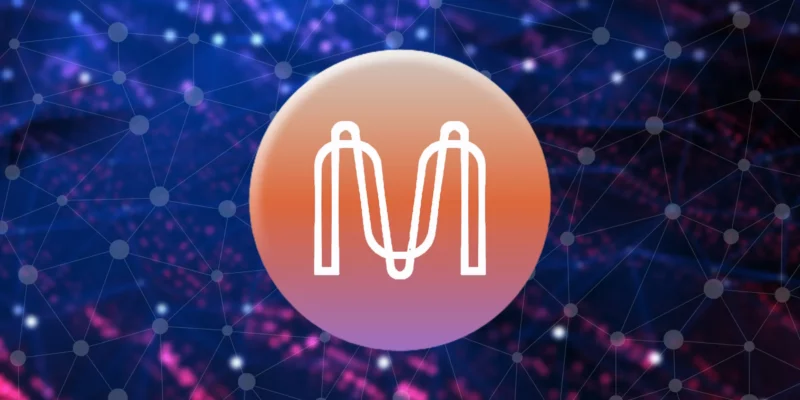- Mina Protocol is the lightest blockchain network with a block size of just 22 KB, making it more accessible to anyone who wants to participate in the network.
- The protocol uses Zero proofs to keep the blockchain light and node data private, creating an ideal blockchain architecture.
- The mainnet was deployed in March 2021 after the project was built by the O(1) Labs team in June 2017.
People are paying more attention to ‘decentralization’ in the digital world because of Web 3.0. The users themselves will own and control the data because it is decentralized. Currently, huge tech corporations have complete control over consumer data. The launch of blockchain systems has already triggered the growth of the decentralization wave. But, in a deliberate manner, they are also somewhat centralized in nature. Being centralized in nature means that the participants give control and trust to third parties to verify transactions. But why can’t we directly participate in the blockchain network? Well, it is because directly participating in a blockchain network requires expensive hardware, enormous amounts of energy, and tons of time to do cryptographic hashes and validate the nodes in the network.
That’s where the Mina Protocol comes into the picture. Mina is the world’s lightest blockchain, which makes it accessible for anyone to participate in the network. To learn more about it, continue reading the article.
Mina – World’s Lightest Blockchain
Mina is the world’s lightest blockchain network, with a block size of just 22 KB. The protocol is secured by a proof-of-stake (PoS) consensus mechanism called Ouroboros Samisika. The protocol is based on zero-knowledge proofs, which helps build the network into a more ideal blockchain architecture. The protocol was developed in June 2017 by the team of O(1) labs, and the mainnet was launched in March 2021. The sole purpose of the protocol is to make blockchains accessible to everyone so that anyone can validate the transactions without requiring any large computer machines.
Zero Knowledge Proofs
Zero-knowledge proofs, also known as the zk protocol, are a verification method that takes place between the prover and the verifier. In this method, the prover is able to prove to the verifier that they have knowledge about the particular information without revealing that information itself.
These protocols increase levels of privacy and security and are widely used by modern blockchain systems. The concept was first described in a 1985 MIT paper by Silvio Micali and Shafi Goldwasser. Moreover, many blockchain projects use a type of proof known as a zero-knowledge Succinct Non-Interactive Argument of Knowledge (zk-SNARK).
How Is The Mina Protocol Benefiting Web 3.0?
Mina’s lightweight design and off-chain nature help anyone take part in the blockchain network, promoting decentralization, which is the core of Web 3.0. The platform is currently working on establishing a bridge between Mina and Ethereum. After progress is made, the platform will work towards building bridges between different chains.
Other blockchain networks don’t interact with the internet, which limits their scope and utility. However, Mina’s zk proofs can privately interact off-chain and help the protocol access real-world information. It provides a whole interconnected ecosystem of blockchains, enhancing interoperability and accessibility to blockchain protocols.
Conclusion
For Web 3.0’s decentralized goal, the Mina Protocol appears as a pioneering option. By removing hardware and energy constraints, the ultra-light blockchain, protected by zero-knowledge proofs, promotes participation. With connections to Ethereum and beyond, Mina powers a linked blockchain ecosystem, improving accessibility and advancing the fundamental ideas of Web 3.0.


Comments